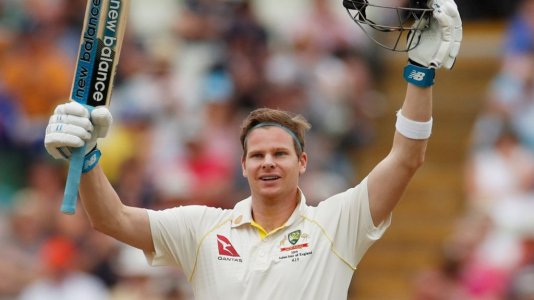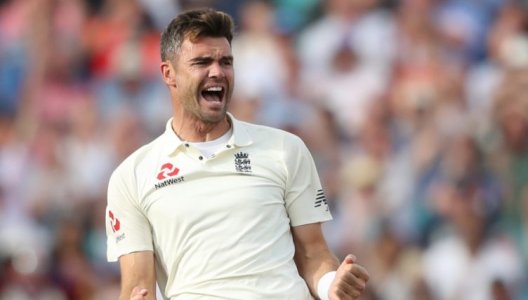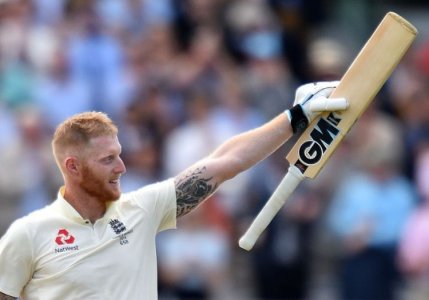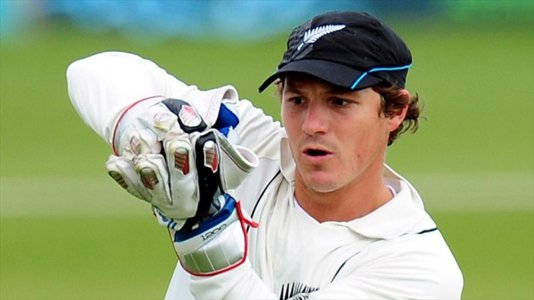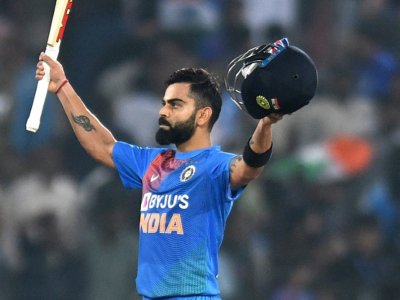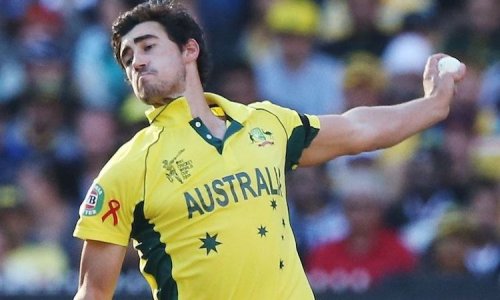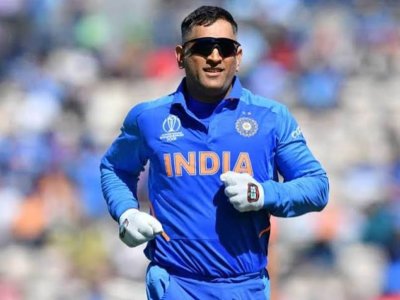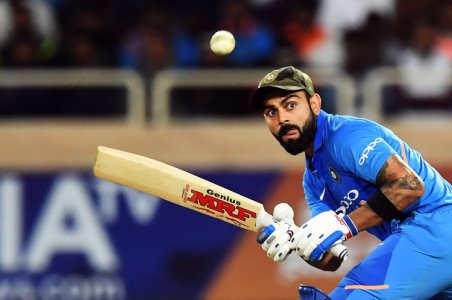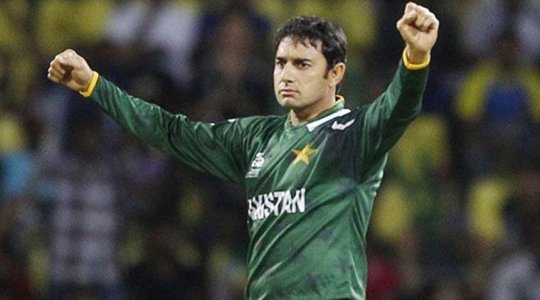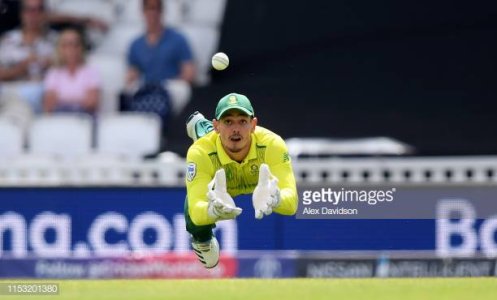barah_admi
First Class Star
- Joined
- Jan 19, 2018
- Runs
- 3,365
- Post of the Week
- 2
Good evening PPers, it s almost that time of year again. In fact, this time, it is almost that time of the decade.
Some of you may have read my End of Year awards last year, this time around, I will be putting together an end of decade equivalent, which will go live after the final two tests this year (Aus/NZ and Eng/SA). All of this will be a result of almost 6 months of collecting data, working out a ranking system and criteria.
Awards will be for all three formats (with top batsmen, bowlers and keepers/allrounders) as well as an overall "Player of the Decade" gong, which is the best of the best.
The point of starting this thread is to put forward my ranking criteria, so it can be viewed, digested and discussed. So here goes.
Player rating criteria (used for all formats) -
1. Runs scored/wickets taken/dismissals by the player, in relation to his contemporaries.
2. The rate at which these runs/wickets/dismissals occur, which will take into account batting/bowling averages and strike rates as well as number of dismissals per innings for a keeper, in relation to contemporaries.
3. The importance of these runs/wickets/dismissals are weighed against the level of opposition faced, the innings in which these performances occurred (for test matches) and the match situation. E.g. A century scored in the 4th innings of a test match, while the team is chasing weighs more than a double century in the first innings.
Level of opposition is as follows - It is a consensus agreement that the best in test cricket during the decade have been India, England, South Africa and Australia.
In ODI cricket it would be England, India, Australia and New Zealand.
In T20 cricket it would be Pakistan, West Indies, India, New Zealand and England.
4. The intangible must also be measured, and this is the level of skill of the player in question. Of course, the higher the skill level, the better the statistics will be, but how can two batsmen averaging 50 or more or two bowlers averaging 25 or less be separated? This is to be through the eye test, i.e. which player looks to have the better skill, be the most composed, the best to view and the most in control of his situation.
5. The length of a players prime is measured as the time he was at his very best his best string of performances across a number of calendar years). The longer the prime years of said players, the better.
6. Minimum matches required to be eligible, this is important to eliminate greats from the previous decade who may only have had a short career in this decade or players with short but bright starts to the international game that never really amounted to a serious career.
Tests - Min. of 20 matches
ODIs - Min. of 50 matches
T20s - Min. of 30 matches
The overall payer award will go to the players who has achieved the most across all formats, according to the above criteria.
Some of you may have read my End of Year awards last year, this time around, I will be putting together an end of decade equivalent, which will go live after the final two tests this year (Aus/NZ and Eng/SA). All of this will be a result of almost 6 months of collecting data, working out a ranking system and criteria.
Awards will be for all three formats (with top batsmen, bowlers and keepers/allrounders) as well as an overall "Player of the Decade" gong, which is the best of the best.
The point of starting this thread is to put forward my ranking criteria, so it can be viewed, digested and discussed. So here goes.
Player rating criteria (used for all formats) -
1. Runs scored/wickets taken/dismissals by the player, in relation to his contemporaries.
2. The rate at which these runs/wickets/dismissals occur, which will take into account batting/bowling averages and strike rates as well as number of dismissals per innings for a keeper, in relation to contemporaries.
3. The importance of these runs/wickets/dismissals are weighed against the level of opposition faced, the innings in which these performances occurred (for test matches) and the match situation. E.g. A century scored in the 4th innings of a test match, while the team is chasing weighs more than a double century in the first innings.
Level of opposition is as follows - It is a consensus agreement that the best in test cricket during the decade have been India, England, South Africa and Australia.
In ODI cricket it would be England, India, Australia and New Zealand.
In T20 cricket it would be Pakistan, West Indies, India, New Zealand and England.
4. The intangible must also be measured, and this is the level of skill of the player in question. Of course, the higher the skill level, the better the statistics will be, but how can two batsmen averaging 50 or more or two bowlers averaging 25 or less be separated? This is to be through the eye test, i.e. which player looks to have the better skill, be the most composed, the best to view and the most in control of his situation.
5. The length of a players prime is measured as the time he was at his very best his best string of performances across a number of calendar years). The longer the prime years of said players, the better.
6. Minimum matches required to be eligible, this is important to eliminate greats from the previous decade who may only have had a short career in this decade or players with short but bright starts to the international game that never really amounted to a serious career.
Tests - Min. of 20 matches
ODIs - Min. of 50 matches
T20s - Min. of 30 matches
The overall payer award will go to the players who has achieved the most across all formats, according to the above criteria.






